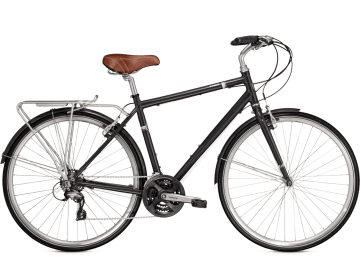Forms of energy
Spark curiosity in your class about the ten forms of energy by playing tag, building a Wonder Wall and creating a fun collage.
- Grade 4
- 3 activities
- 1.4 hours

Big idea
Energy can be transformed.
Learning objectives
Students will be able to:
- Generate questions they have about energy
- Identify ways they use energy in their daily lives
- Name and provide examples of 10 forms of energy
Activities

Energy wonder wall
Spark curiosity about the ways we use energy every day.
Grade 4
Thought starter
20 mins
BC curriculum fit
Grade 4 Science
Content
- Energy has various forms
Curricular competencies
Questioning and predicting
- Demonstrate curiosity about the natural world
- Observe objects and events in familiar contexts
- Identify questions about familiar objects and events that can be investigated scientifically
- Make predictions based on prior knowledge
Applying and innovating
- Co-operatively design projects
- Transfer and apply learning to new situations
Assessments
The activities in this unit provide an opportunity to assess individual students and small groups on their ability to:
- Demonstrate curiosity by identifying questions about energy on the Energy Wonder Wall
- Apply their knowledge and understanding about forms of energy as they identify examples of energy use in their daily lives
- Demonstrate their understanding of the various forms of energy through the forms of energy collage and participation in discussions
- Work together with partners or in small groups, using active listening and clear communication
Background info
What is energy?
Energy is the ability or capacity to do work. Energy makes change possible. It is the power or ability to make things happen.
Forms of energy
Energy is all around us. The 10 forms of energy are listed below :
- Electrical energy is produced by the flow of an electric charge. We see or hear the result of this energy as something that turns on, lights up or gets warmer.
- Light energy travels in waves and is visible to us. Light energy is produced by sources such as the sun, fire or light bulbs.
- Sound energy is produced by vibrating objects and travels as sound waves. We hear sound energy in music, birds singing or a fireworks display.
- Thermal (heat) energy is produced by a number of sources such as the sun, a campfire and the oven. We feel this energy as warmth.
- Nuclear energy is stored in the nucleus of an atom and can be released when a heavy nucleus is split into two lighter nuclei (fission) or when two light nuclei join together into one bigger nucleus (fusion). The sun generates its energy through nuclear fusion. This energy can also be released to generate electricity.
- Elastic energy is stored in objects that can be stretched or compressed. We feel the tension when things bounce or are stretched.
- Chemical energy is stored in the bonds of molecules. Chemical energy can be found in food, a battery, gasoline and wood. When the energy is released it transforms into another form of energy. The chemical energy in a battery can be transformed into light energy in a flashlight.
- Magnetic energy is stored within a magnetic field and causes metals to attract or repel each other.
- Kinetic energy is the energy of motion. We can see this energy as things move and change position such as a skateboarder, a skier going downhill or a person walking.
- Gravitational energy is stored in an object due to its height and is caused by the pull of gravity. We see the result of this energy when something falls or feel it when we are jumping off a diving board



